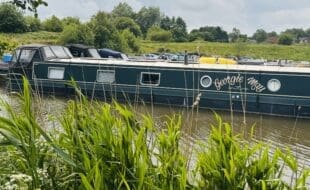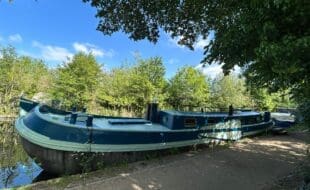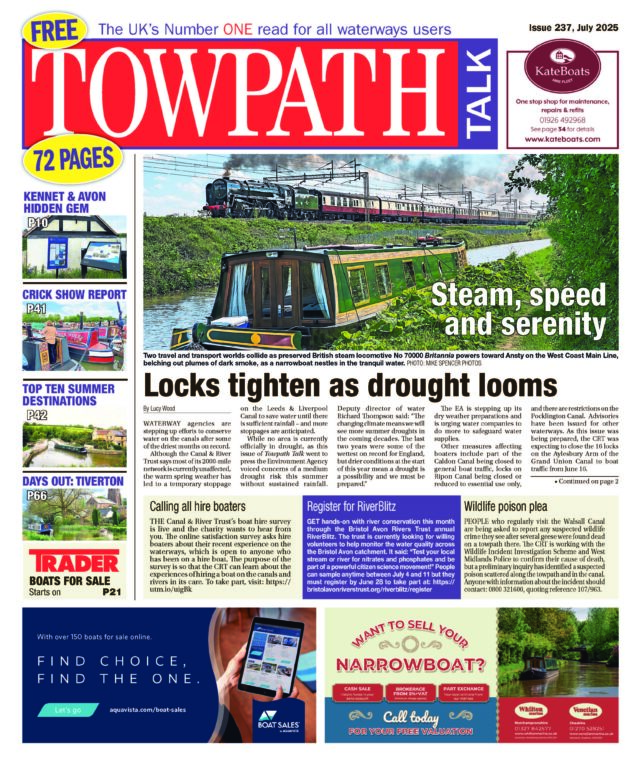Jonathan Mosse’s monthly look at freight developments on the inland waterways.
SO READS the strapline of the recently published one-page waterways freight promotional document, put out jointly by the Commercial Boater Operators Association (CBOA) and the Inland Waterways Association (IWA) Freight Group.
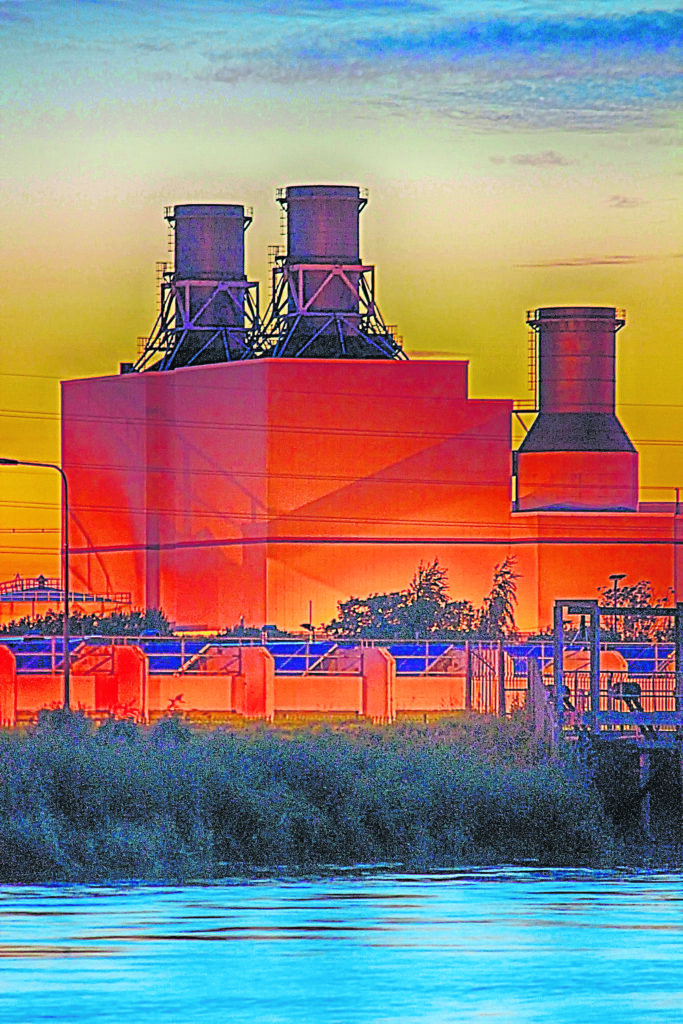
Starting from the premise that people want cleaner air and reduced congestion in urban areas for their health and for the general environment, the paper goes on to speculate on what might be getting in the way of greater inland waterway use.
True, not all cargoes are suitable and where multiple handling is required, the profits soon go out of the proverbial window. But it is easy to counter the time sensitivity argument by pointing out that cargoes are often at sea for long periods and time spent aboard a barge can, with the support of today’s highly developed and sophisticated logistics industry, effectively be seen as free warehousing!
As with everything, it’s largely down to will and the way you spin it, as is ably demonstrated by the buoyant European inland waterways freight scene.
Pretty much everything from bulk cargoes, containers, chemicals, steel, forestry products, scrap and waste, through to petroleum products and vegetable oils are suitable, while last-mile deliveries have recently been demonstrating their potential.

However, what does need to be emphasised in terms of economic viability is that a cargo really needs to be carried by water direct to a shore-based facility such as storage, a ready-mix plant or a factory. The only exception to this golden rule is, of course, containers which, in the UK, currently carry with them several infrastructure constraints, requiring investment borne out of ongoing commitment.
Coincidentally, this operator-led initiative was marginally preceded by the launch of a new government strategy aimed at shining a light on the crucial importance of freight to the UK, also featuring the success of a £200 million boost to help decarbonise the logistics sector.
Green projects
It won’t surprise regular readers of this column to learn that this funding will be invested across four innovative green projects centred around the rollout of 370 zero-emission HGVs and their associated infrastructure.
Kate Jennings, director of policy at Logistics UK – www.logistics.org.uk/campaigns – stated: “We welcome the Government’s recognition of how important freight is for creating new jobs, growing the economy and achieving net zero.”
She went on to observe: “Ultimately we need (this) progress to be faster and support actioned promptly if we are to meet impending decarbonisation deadlines.”
However, as part of this government announcement, the Department for Transport went on to announce that it was reviewing the Mode Shift Revenue Support (MSRS) and the Waterborne Freight Grant in a further effort to explore how it might help the sector to decarbonise by shifting freight from road to rail and the waterways via the two schemes.
In this area too, Ms Jennings probed the key issue by pointing out: “Logistics UK has been calling for a review into the MSRS scheme for some time as, currently, it disproportionately benefits the rail sector. In fact, 2022 research indicates that 95% of the funding from the scheme had been allocated to rail freight.
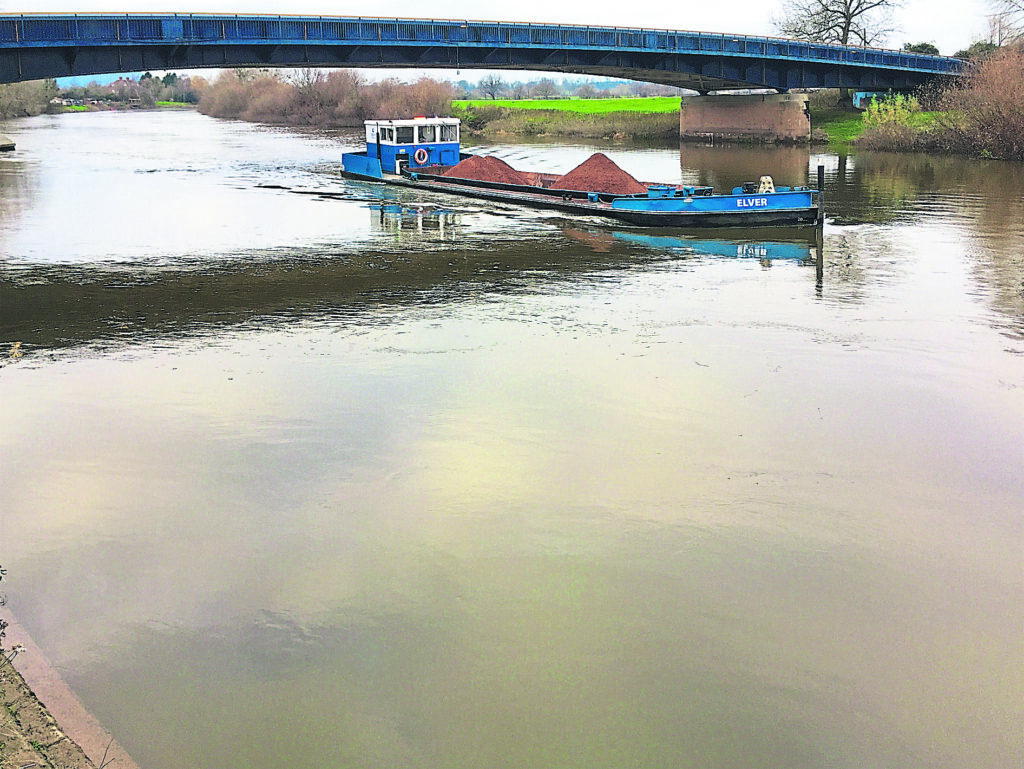
“While rail provides strong opportunities for modal shift and must be supported, action must be taken to prevent disadvantaging water freight, which also brings many social and economic benefits.”
Emissions data
So to put some figures to this mood (or mode) music we can draw on a second document that CBOA and IWA Freight Group are currently putting together, detailing comparative emissions data between barge, freight train and HGV, based around kilos of CO2 emitted to move general cargo over a distance of 1km.
A typical 1500-tonne Thames barge-load would generate 19.82kg. Put that on to a train and it becomes 43.02kg, while the requisite number of 88 HGVs will churn out a massive 177.46kg.
So isn’t it high time, as I suggested last month, that we factored into any transport equation, the cost of carbon? Especially as the scope of HS2 – a project that was, in reality, predicated on freeing up much-needed railway freight capacity – has just been totally emasculated purely on cost grounds.
The next thing we’ll know is that a third runway for Heathrow is firmly back on the cards: a piece of infrastructure that effectively became superfluous when a fully integrated HS2 offered a passenger transport network that efficiently competed with internal air travel.
So I won’t even begin to frighten you with the kg per tonne of an airliner…

